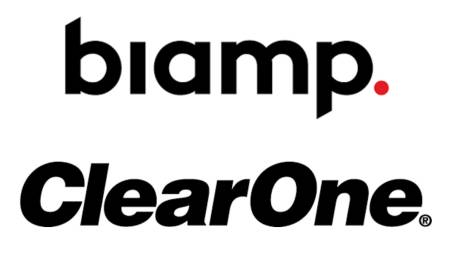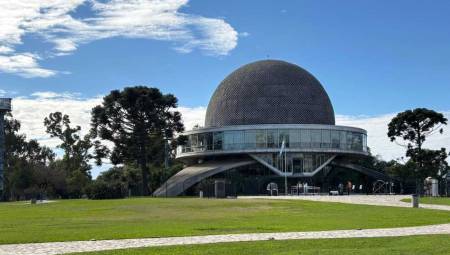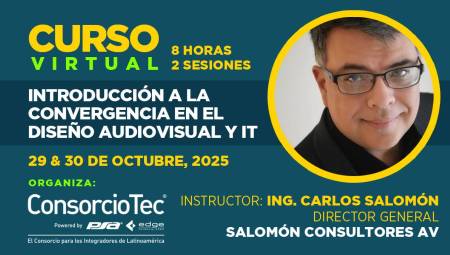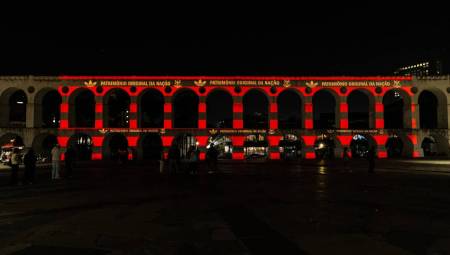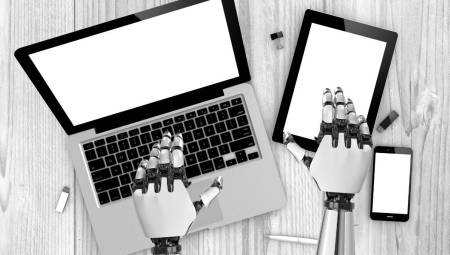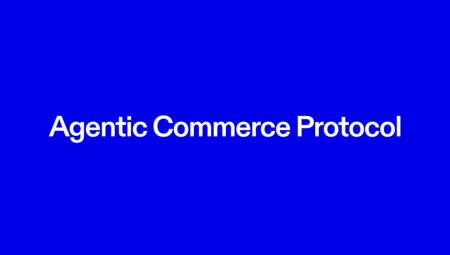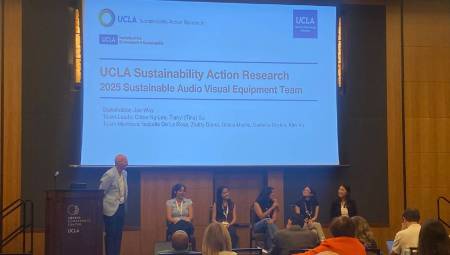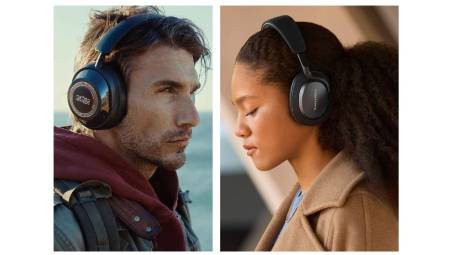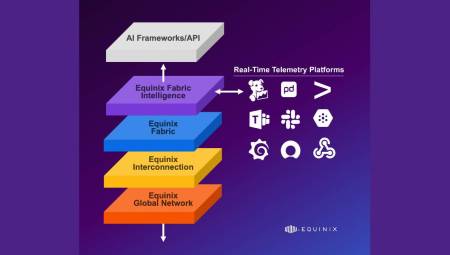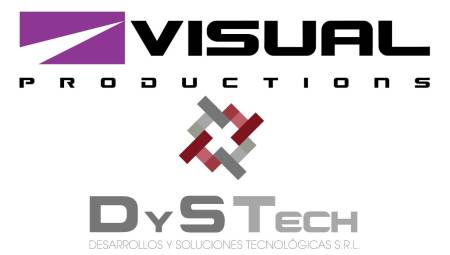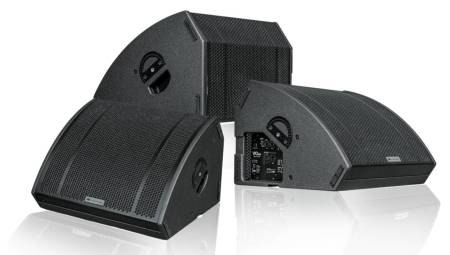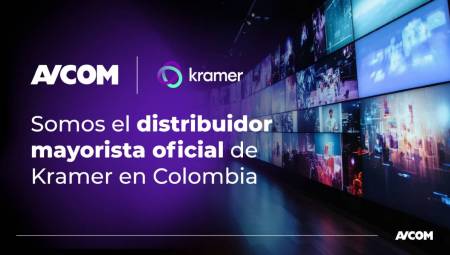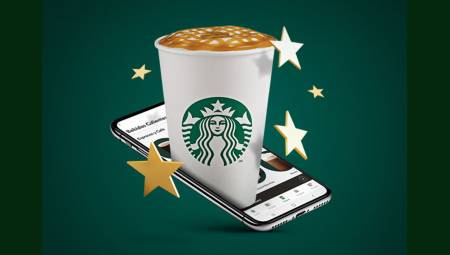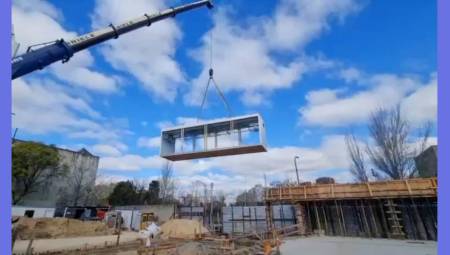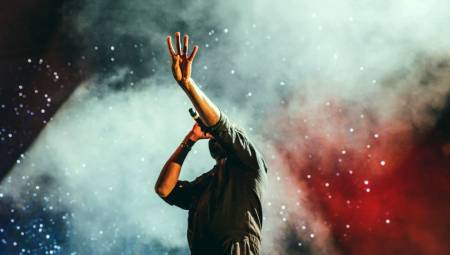 Below I will describe some techniques and recommendations that must be taken to perform an audio evacuation design.
Below I will describe some techniques and recommendations that must be taken to perform an audio evacuation design.
Juan Tamayo
How do you know if the design process being implemented is the right one for the audio evacuation project? It's a great question, and when it comes to saving lives, the designer must do everything possible not to make mistakes.
Before taking plans, starting to design, locate speakers and quantify the value of the project, the first task that the designer must have is to sit down with the client or with their representatives who are in charge of the security of the building, and I do not talk about private security, I talk about the committee of people who ensure that the safety standards are met in the workplace (in Colombia they know it as SG-SST). This group of people are responsible for designing evacuation plans in case of incidents or accidents that may endanger the lives of the people who occupy the building.
But do not worry if at the time of design this group of people has not been hired, it is normal, that is why the architect designer is always available, since he had to design the building or space according to the current evacuation regulations. He will be able to indicate which are the evacuation routes, the spaces with their population density (how many people per square meter), critical spaces, private spaces (they have restricted access) and most importantly, isolated spaces where it is not known what is happening outside of it. I always use the same joke, but in undead movies there is always one in the room that no one expected, he died without knowing that his life was in danger.
Since you know the housing concept of the space to be designed, start by making a preliminary design of speakers. Remember that the main function of the speaker is to reproduce the pre-recorded messages, so its design must be intelligible (it must be understood), homogeneous (same sound pressure in all similar spaces) and efficient (lowest possible cost, not the cheapest). If possible, try to perform simulations of the selected speakers, the ideal is a 3D design, but if you can't, there are 2D software that deliver very good predictions.
You already know which speaker to use and where to place it, unlike a conventional call system where you use a couple of cables for all the speakers and a large audio amplifier distributor, in audio evacuation you must zone the spaces according to the evacuation plan. And that these are independent, for example, generally the zones are divided into: evacuation stairs, evacuation corridors, work areas, common areas, private spaces.
Some of the areas will only sound according to the emergency plan, others may never sound and others can be used for calls, ambient music, can even be used to amplify the audio of the conference rooms. Do not forget that for evacuation it is essential that the system does not fail, what happens if a cable is cut? What happens if a circuit is lost? The most normal thing is to have two circuits per zone, commonly called A and B, and the cable used for this must be fire retardant or its channeling must be designed so that the fire affects it slowly, the cost of the cable increases and a lot.
Having the speakers, zones and circuits defined it is important to define the amplifiers and the type of programming level they have, since to avoid operating failures due to ignorance of their state, amplifiers must be used that at least deliver a fault signal and on and / or off state. If they are remotely controllable it would be much better. Remember that saving lives is the goal of design, and if the state of power is not known, we do not know for sure whether or not the system can save lives.
As it already has the entire distribution stage, now let's focus on the evacuation procedure, what messages, how many messages, who will take command in case of evacuation. These are the questions that will define the audio inputs of the evacuation system. The priority of each entry will depend on the action plan in the evacuation system. From the most important to the least important are generally defined as:
Priority 1: Microphone located at command or control post
Priority 2: Microphones located in accesses and elevators for firefighters
Priority 3: Pre-recorded evacuation messages
Priority 4: Pre-recorded alarm messages
Priority 5: Other operational microphones
Priority 6: Normalization messages
The audio evacuation system will not be able to operate on its own, and it must be automated to interact with other subsystems of the building such as fault detection and access control. It must be defined with the company in charge of the design of alarms and the client how the communication protocol between the systems will be and how the interaction of them will be. Who will activate and deactivate both systems and how the hierarchy between them will be. Basically you have to define the leader, which for obvious reasons will be the alarm detection system of the building or the building management system.
Since it already basically has the design features, it is easier to select the brain or audio controller that can meet all the characteristics necessary to fulfill the difficult task of saving lives. Remember that these can be certified or not, they can be complete solutions or a solution designed to measure, no matter the type of solution you choose as long as the selection is technically based on the minimum characteristics necessary for this work such as redundancy, fault detection, switching of circuits in failure among others.
To finish the design, request that a colleague of the company or an external company review the design and try to find errors, remember that in an emergency our brain is less analytical and tends to prioritize the survival instinct.
This is a short, very short summary of how to make audio evacuation designs, many topics were not addressed in this article and possibly there are many doubts, there are several organizations that give excellent design courses, but if you have specific doubts possibly I can solve them, you can write to me [email protected]
Tips:
- Know who are in charge of the security of the building or architect designer
- Know the spaces very well.
- Selection and location of speakers
- Select the zones and the operation of these.
- Select the wiring and how it will be installed
- Select the appropriate amplifiers for audio evacuation.
- Selection of audio inputs
- Selection of control signal inputs
- Controller selection
- Design audit

































